Is 34-28-38 a good figure?: Insights into faculty profile at IIMs
By: Keyoor Purani (Professor of Marketing, IIM Kozhikode) & Deepthi Anna Achankunju ( Academic Associate – Marketing, IIM Kozhikode)
The Indian Institutes of Management (IIMs) is a group of 20 public and autonomous institutes of management education and research in India offering post graduate, doctoral and executive education programmes. With IIMs declared as Institutes of National Importance (INIs) recently, it is believed that the intellectual capital at these institutes would be more actively shaping the future of the country. Further, as the number of IIMs increased to twenty and now geographically cover the entire country, collectively they are more able to address national priorities and individually they can contribute to regional development. More than physical infrastructure, faculty resource at these institutes can be expected to play a role in nation building directly or indirectly as public policy, industries and entrepreneurship ecosystems can gain from them. Closer look at the publicly available data of faculty resource in Management domain through National Institutional Ranking Framework (NIRF) and individual websites of the institutes provide interesting insights.
As per the NIRF data in 2017, the number of regular faculty members in all twenty IIMs stand at about 722 of which assistant professors with their strength 277 (38%) is the largest group. While it is expected that the strength of the junior most faculty group would be the largest as base of the pyramid is generally wider and for the fact that almost one third of the IIMs are a new lot, the data reveal that the middle is slim with associate professor numbers just below 200 (28%) and number of professors close to 250 (34%). It would be safe to assume that number of faculty members joining in IIMs reduced in late 90s and early 2000s and that a large number of faculty members have been inducted into the IIM system with 15 new IIMs being setup in last 10 years. While at IIMs, the work profile at different levels may not be much different, there could be implications of such numbers on the talent pipeline at the premier institutes.
Table 1: Faculty Profile across Generations of IIMs
| Generation | Period | # of IIMs | Professor | Associate Professor | Assistant Professor |
| First Gen | 1961-1980 | 3 | 49% | 26% | 25% |
| Second Gen | 1981-1999 | 3 | 30% | 41% | 29% |
| Third Gen | 2000-2020 | 14 | 20% | 17% | 63% |
| Grand Total | 20 | 34% | 28% | 38% |
Source: NIRF Data, 2017 available on individual websites of IIMs
Examining the pipeline issue in a little more detail (Table 1), it would be interesting to see some patterns in faculty profile across different generations of IIMs. One way to examine IIMs could be based on their year of establishment as the 20 IIMs were set-up over 60 years. Depending upon which period they were established, they can be grouped into either first generation (1960s and 70s), second generation (1980s and 90s) and third generation (post 2000) IIMs. Following figure suggests that older IIMs are heavier at the top and younger IIMs are heavier with larger group of assistant professors. Second generation IIMs have the highest number of associate professors.
Thus, there is a clear pattern indicating that the strength of senior faculty members go hand-in-hand with the seniority of the IIM, which perhaps raises several questions. Is it only natural to expect such a pattern or irrespective of the age of an institute, there should be a balance in faculty numbers at different levels? How do older IIMs plan to manage the talent pipeline? Should senior IIMs be concerned about cost per class as they apparently perhaps pay more for every hours teaching with large number of senior faculty? Are newer IIMs more recruitment aggressive? Are senior faculty members in the management education reluctant to join newer IIMs? What can newer IIMs do to attract senior faculty members?
Delving deeper, one may also examine how do faculty members at IIMs stack up across different academic expertise. Most institutes’ website provide faculty profile details based on academic area or groups centred on functional expertise of the faculty. Table 2 suggests that IIMs have more quantitative expertise than qualitative expertise. Almost half of the faculty members in the IIM system belong to Quantitative Methods, Operations Management, Economics, Finance, Accounting and Control – all groups with largely quantitative orientation. Strategy, Organization Behaviour and Marketing along with others follow them in numbers. Does that mean Indian organizations demand managers with quantitative expertise and orientation or more qualitative, people-centric orientation? Are IIMs conscious about strengthening areas that perhaps may be more relevant to the industry and practice such as Information science and technology management?
Table 2: Faculty Profile across academic expertise at IIMs
| Academic Group* | Professor | Associate Professor | Assistant Professor | Grand Total |
| QM and OM | 40 | 39 | 48 | 127 |
| Economics | 51 | 21 | 53 | 125 |
| Finance, Accounting and Control | 31 | 34 | 33 | 98 |
| Marketing Management | 32 | 26 | 36 | 94 |
| OB and HRM | 29 | 24 | 35 | 88 |
| Strategic Management | 27 | 30 | 28 | 85 |
| Information Technology and Systems | 17 | 8 | 23 | 48 |
| Humanities & Liberal Arts in Management | 4 | 12 | 12 | 28 |
| Public Policy and Management | 8 | 2 | 4 | 14 |
| Others | 7 | 3 | 5 | 15 |
| Grand Total | 246 | 199 | 277 | 722 |
*Classification interpreted by authors based on respective Websites of IIMs
The preliminary eyeballing on faculty data provide interesting questions for the governing bodies at IIMs and the MHRD. Larger point is that the data collected under NIRF from IIMs, IITs and other universities which include student, faculty, infrastructure, annual expenditure and income could be a goldmine to develop national policies on human resource development. As these data are collected annually, over the years, it can provide trends and predictive analysis opportunities to shape higher education policies that are aligned to the country’s human resource development goals. NIRF shouldn’t just be reduced to a ranking framework but should be a mechanism to harness nation’s human resources to reap demographic dividend.
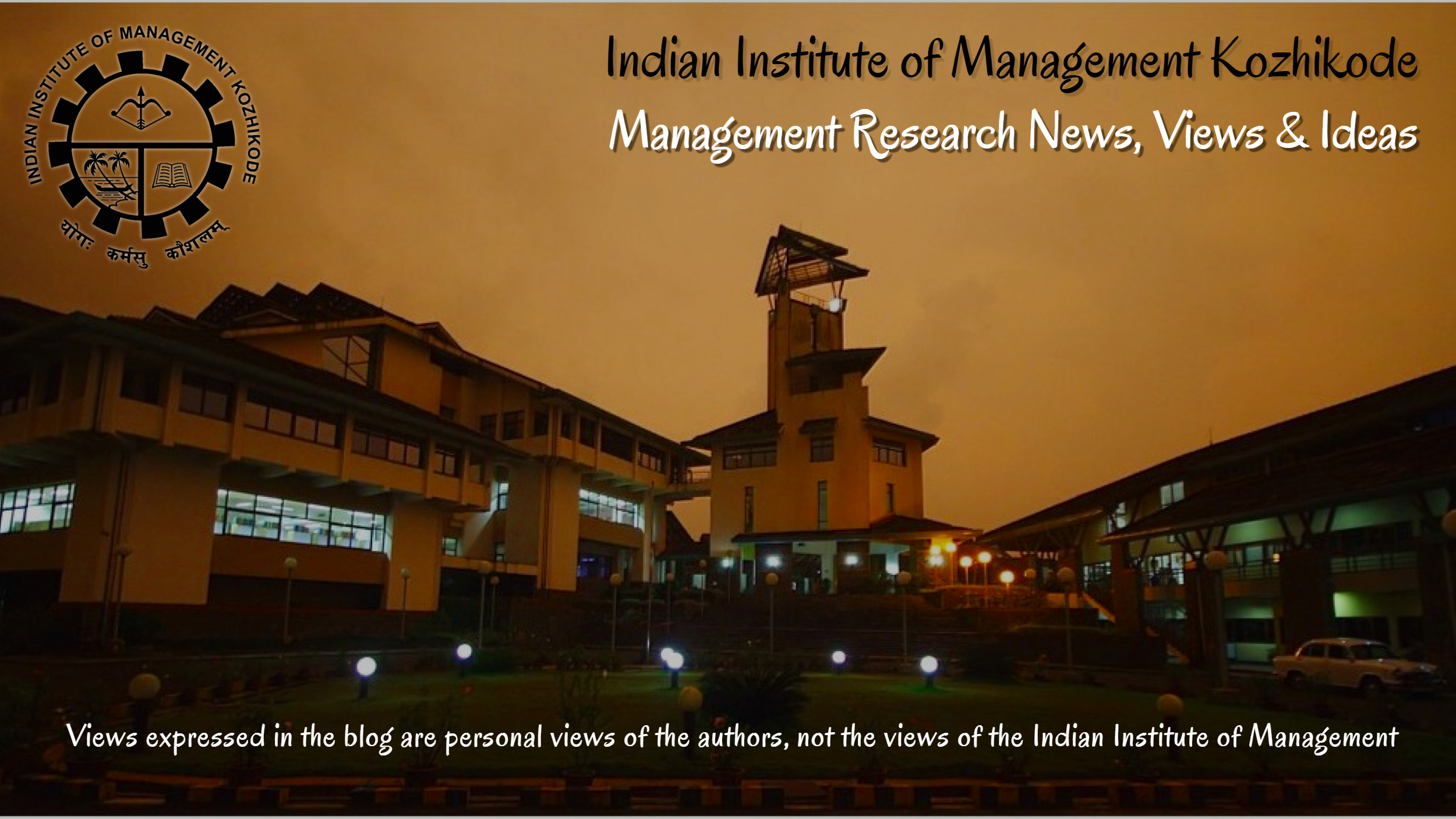

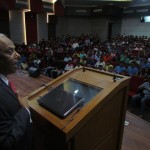
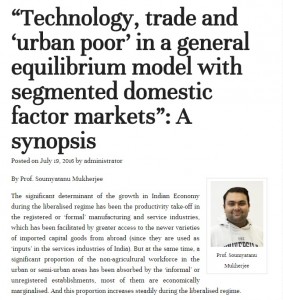
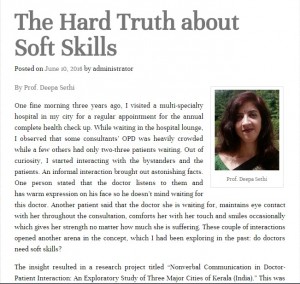
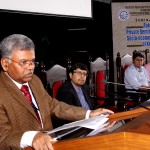

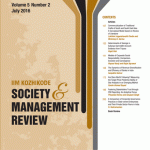
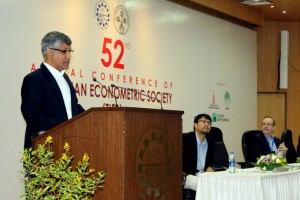

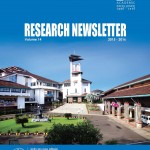



 Users Today : 76
Users Today : 76 Users Yesterday : 474
Users Yesterday : 474 This Month : 9938
This Month : 9938 This Year : 128545
This Year : 128545 Total Users : 552533
Total Users : 552533 Who's Online : 5
Who's Online : 5